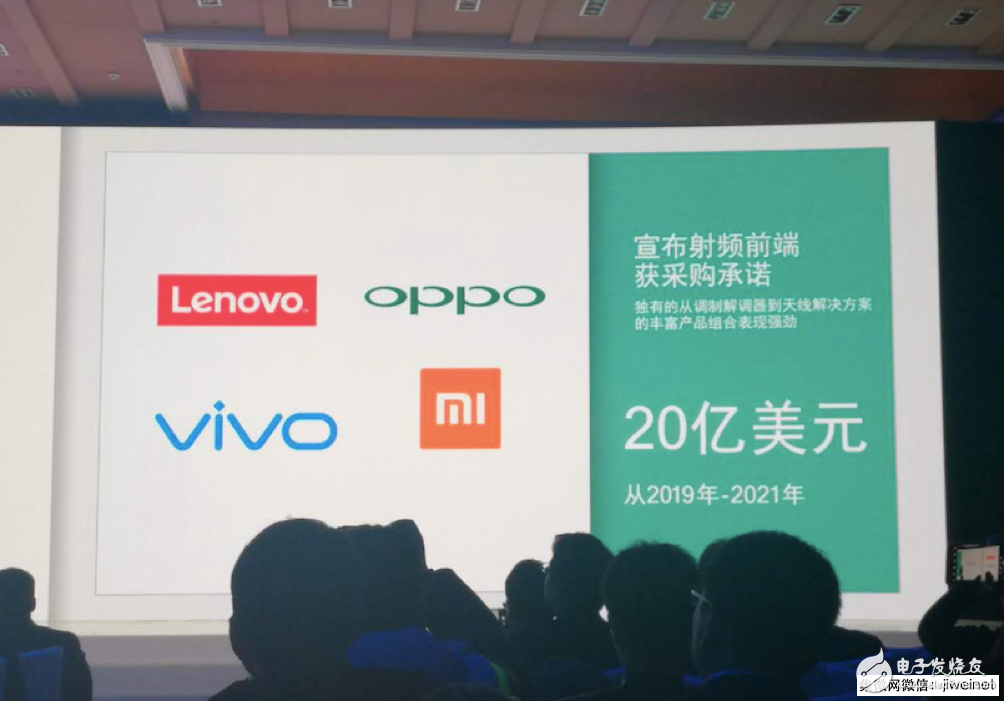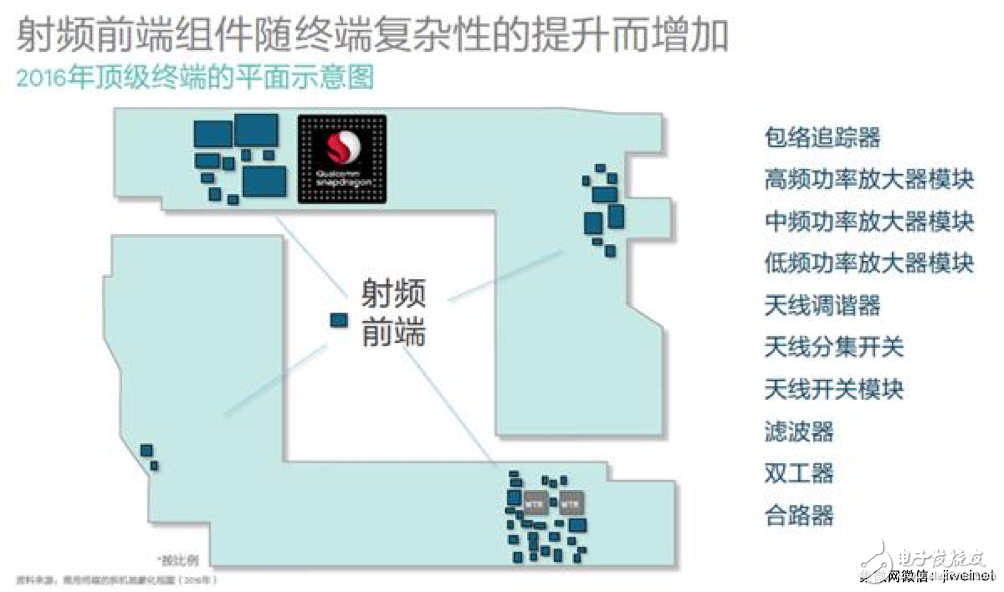Qualcomm held a technology summit in Beijing, inviting almost all important Chinese partners, including SMIC, China Mobile, Lenovo, Xiaomi, OPPO, vivo, ZTE, etc., in an extremely rare “fleaâ€. Stepping on the stage to help out, and work together to paint a blueprint for the road to 5G win-win.
At the moment, Qualcomm faces both anti-monopoly fines in the EU and Taiwan, and is in the whirlpool of malicious mergers and acquisitions by competitors. In this cold winter, the support and support from Chinese partners gave Qualcomm enough warmth.

After experiencing “2G follow-upâ€, “3G breakthrough†and “4G synchronizationâ€, China's mobile communication industry is playing a leading role in the development of 5G.
According to Counterpoint Research, seven of the world's top 10 3G/4G smartphone manufacturers in 2017 were Chinese manufacturers. Among them, Xiaomi, vivo, OPPO, and Lenovo are all close partners of Qualcomm. The Chinese market has already contributed more than half of Qualcomm's revenue, and is twice as much as Apple's revenue contribution.
In the 5G era, China, as the fastest-growing mobile communications and semiconductor industry market, is showing strong innovation and development potential.

Research firm IHS reports that by 2035, China's 5G value chain output and employment opportunities, China ranked first with 984 billion US dollars and 9.5 million jobs. According to a recent 5G consumer survey conducted by Qualcomm, 60% of Chinese respondents indicated their willingness to purchase after the 5G smartphone is launched.
The broad development prospects of China's 5G market and the willingness to develop together make Qualcomm regard its Chinese partners as “the most dynamic partner and the most stable partner.â€
Despite the slowdown in the development of the mobile phone industry in recent years, the proportion of shipments from Chinese OEMs has grown rapidly, and the business has expanded beyond China. The price of China's domestic mobile phone market is also rising. Data show that in 2015 and 2017, Qualcomm's revenue from Chinese OEMs was US$4.0 billion, and it is expected to reach US$8 billion in 2019, with a compound annual growth rate of 17%. China is still a gathering place for innovation and vitality of smartphones, and it is also the confidence to support Qualcomm's future development.
The high-speed, low-latency nature of the 5G network will bring new experiences to smartphone users, including redefining social networks, better presence, and more authenticity. At the same time, 5G can be extended to a wider range of fields such as automobiles and the Internet of Things, creating a new business model. In Qualcomm's view, 5G is not a simple communication connection technology, but a unified connection platform that will empower various industries. These will all be new growth points.
Based on this, Qualcomm and China's important partners launched the “5G Pilot Program†to accelerate the development of 5G in China and better support the development of other industries including China's smart phone industry.
"China's leadership in LTE/5G technology and strong product portfolios at all levels of the vendor provide strong support for the launch of globally-oriented terminals," said Qualcomm President Christiano Amon.
At the end of last year, Qualcomm released the world's first 5G new air interface multimode modem Snapdragon X50, and 5G new air interface smartphone reference design. In addition, Qualcomm is accelerating the deployment of Gigabit LTE worldwide, launching 17 terminal devices in 25 countries and regions, and working with 43 operators.
According to the plan, Qualcomm will promote 5G into reality in 2019. Commercial terminals that meet the 5G New Air Interface (NR) standard and commercial top 5G terminals are expected to be launched as early as 2019.
“The mobile ecosystem is the most competitive segment in the market today. Qualcomm is also a competitor in the development process. From now on, at least three or four other companies will announce related products for 5G in the future. Qualcomm will do To be faster, to seize the 5G first-mover advantage," Amon said.

At the summit, Qualcomm signed an annual purchase order for RF front-end solutions with four mobile phone manufacturers such as Xiaomi, vivo, OPPO and Lenovo. In the next three years (2019-2021), four mobile phone manufacturers will purchase RF front-end components with a total value of not less than $2 billion.
The positive support of Chinese manufacturers for Qualcomm will also help Qualcomm's RF front-end business to achieve better development with the window of 5G development in the next three years.
In the 4G era, with the increasing support of smartphones, the importance of RF front-end technology has been highlighted. On the PCB of a smartphone, the proportion of the RF front end is increasing and the complexity is getting higher and higher. Today, a 4G Netcom mobile phone contains dozens of RF chips, and in the next 5G era, the number of RF chips will reach more than 100.

According to data released by Qualcomm, the serviceable market will reach 150 billion US dollars in 2020, and the RF front-end will reach 20 billion US dollars, second only to the core smartphone business. The RF front-end will be the key growth area for the mobile industry in the future.
Auxiliary Converter Cabinet,Auxiliary Converter Cabinet For Train,Auxiliary Converter Cabinet For Vehicle,Vehicle Voltage Stabilizer
Jinan Xinyuhua Energy Technology Co.,Ltd , https://www.xyhenergy.com
